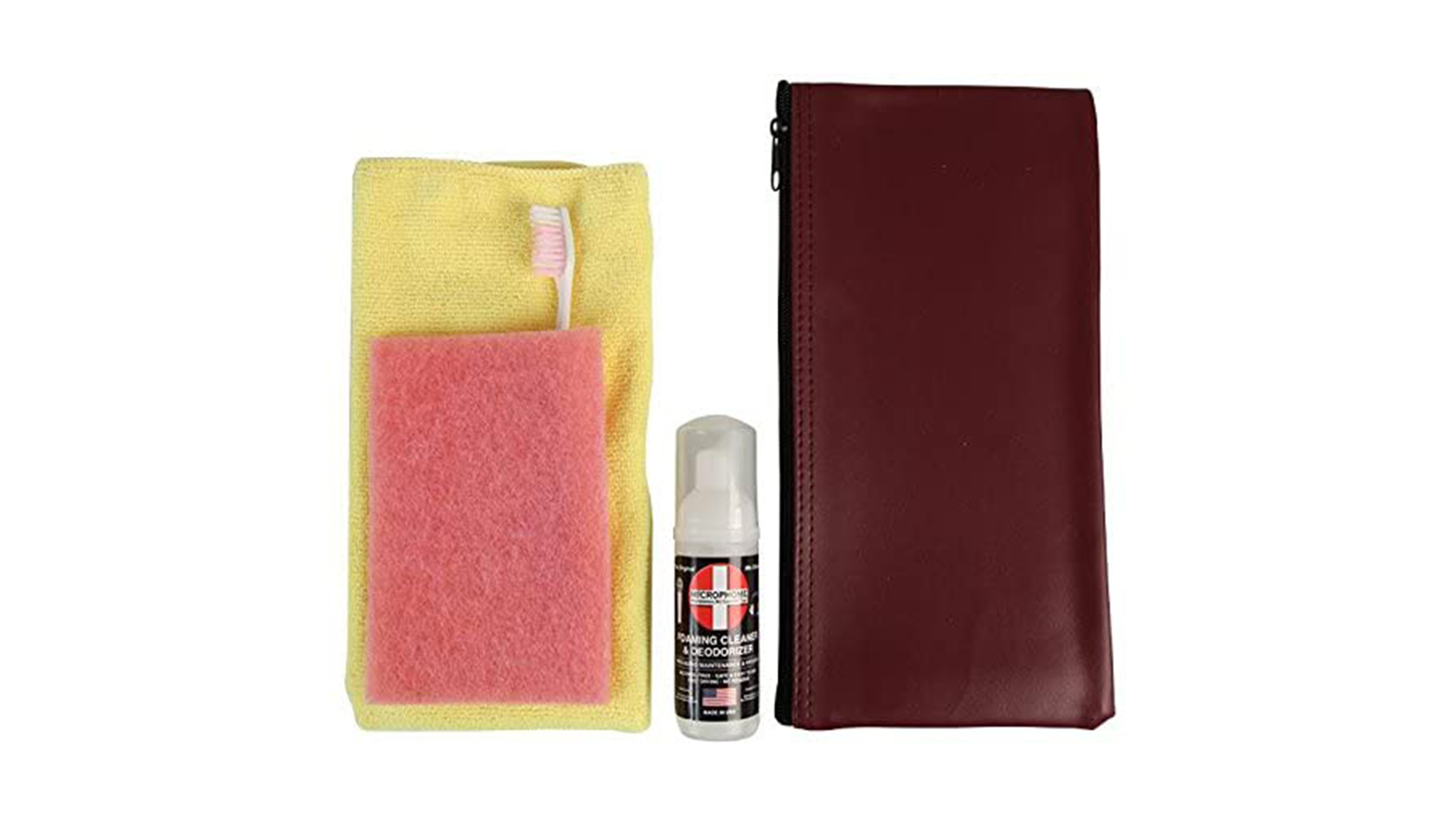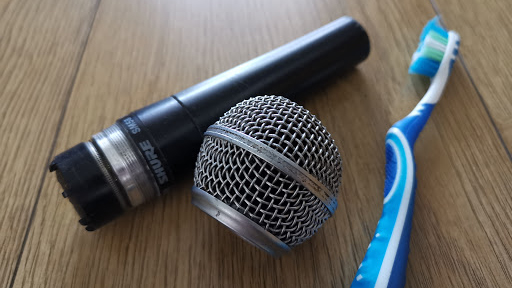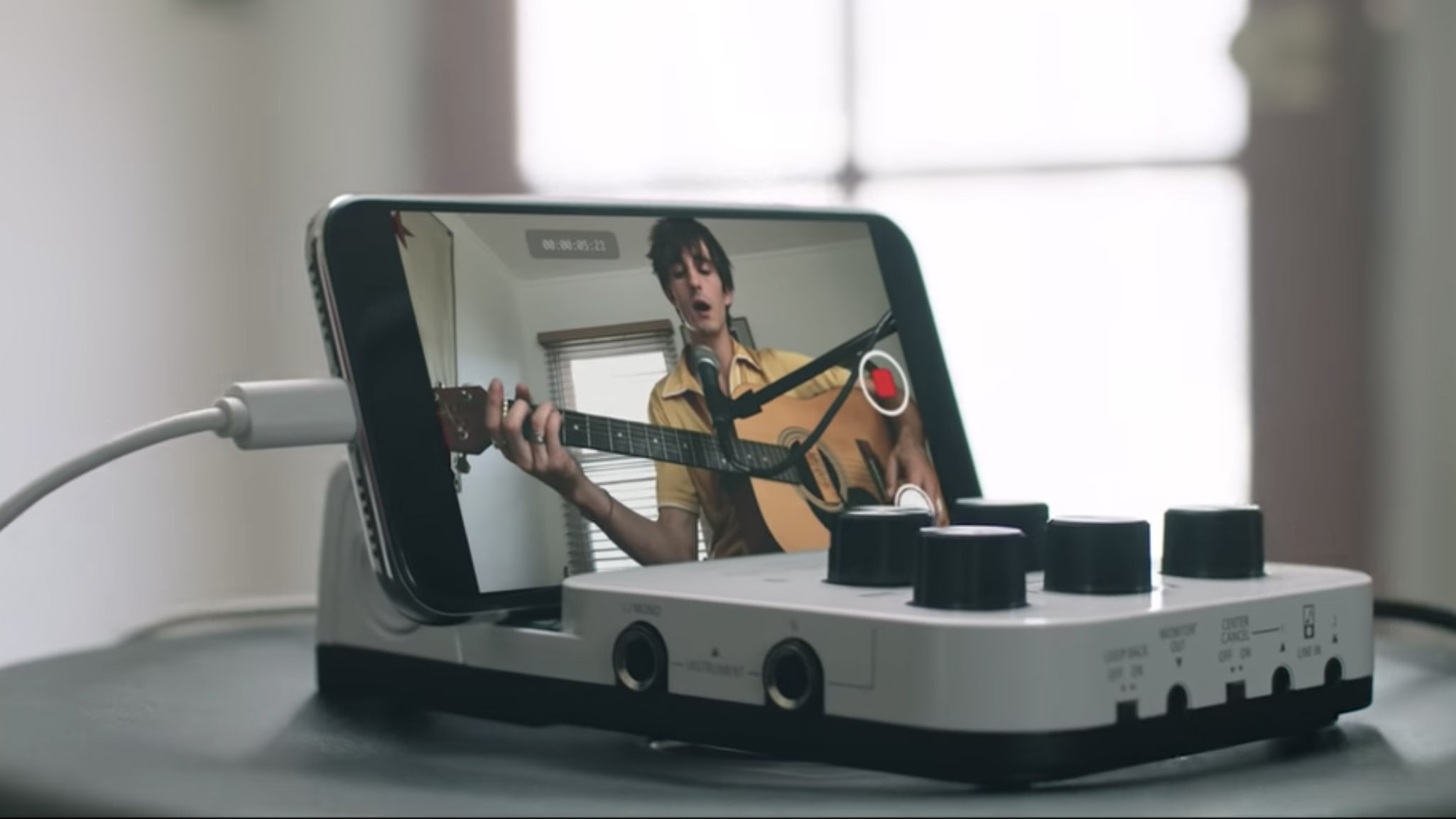How to clean a microphone: keep your mics germ-free
Microphones can become germ motels if they're not looked after. Use our step-by-step guide to keep yours clean

The outbreak of the Coronavirus – COVID-19 – has shone a light on the importance of good hygiene. It’s fair to say it has taken us all by surprise, and given us some harsh realities to consider. Hygiene and music don’t often go hand-in-hand, after all. Yet, our chosen interest – producing music – actually puts us at a fairly high risk of cross contamination.
Think about it; musicians are often in enclosed spaces with others, we share instruments and equipment, and the actual act of playing an instrument is fundamentally tactile. So, it makes sense for us to offer some advice on how to ensure the risks are low when it comes to performing, recording or enjoying music in any form.
One of the highest risk areas comes in the form of microphones. No piece of equipment is shared more between other people. In studios, at venues, in rehearsal rooms, even in your home studio – the humble microphone is that most communal piece of music gear. Yet due to the way it’s used, and its proximity to hands and mouths, it could potentially be one of the most dangerous.
We’ve put together this guide to help you clean your microphones. Aside from hygiene, it makes good sense for you to clean your mic frequently regardless of health concerns. It’s not uncommon to find saliva, lipstick, even bits of food lodged in the grille of your vocal mics, plus a microphone free of dust stands the best chance of giving you the recorded sounds you’re looking for.
- The best microphones for recording instruments, vocals and podcasts
- On a budget? Check out the best cheap microphones
- The best vocal mics for the studio and stage
- The best podcasting microphones: record your first podcast today
- Cut the cord with the best wireless microphones
Which microphones can be cleaned?
Before anyone rushes off to the cupboard to get the bleach, it’s important to understand the differences between microphones. Dynamic mics are much more robust than condenser mics, making them ideally suited to live performance and the stresses that come with that. Condensers, on the other hand, are much more fragile and require special attention when it comes to cleaning. Ribbon and valve mics are even more so, and we’d advise checking with the manufacturer before you start attacking it with a spare toothbrush.
For dynamic microphones, you can usually remove or unscrew the grille. If so, this makes life a lot easier. The grille is that layer of protection between the magic going on inside and the grime-filled outside world, so if you can remove the grille you will be able to use a basic solution of water and mild detergent to clean it. A toothbrush will help when it comes to cleaning in between the gaps. If the front grille cannot be removed, or if you’re using a condenser microphone, the best advice is to avoid water or any form of liquid. Microphones are delicate things and they most definitely do not like water. Again, a toothbrush will aid you in removing any dried scum, but make sure to hold the mic upside down so any dislodged particles fall to the floor, rather than back inside.
As well as the usual household items, there are some great tools designed to improve hygiene in microphones. Let’s take a look.
Get the MusicRadar Newsletter
Want all the hottest music and gear news, reviews, deals, features and more, direct to your inbox? Sign up here.
Tools and products you might need

Elacin Hygiene Kit
While aimed at earplug and earphone users, the Elacin Hygiene Kit is perfect for cleaning microphones. It comes with two bottles of cleaning spray and a collection of small brushes capable of getting into the tight areas of a mic grille.
Buy the Elacin Hygiene Kit
Microphome
A specialist mic cleaning product, Microphome antimicrobial cleaning fluid goes into the mic as a foam that clings to the grille. This keeps it away from the electronics and dissipates quickly.
Buy the Microphome Microphone Sanitizer kit
Pop Filter
More a preventative measure than something that will clean the microphone, but it’s well worth investing in a pop filter if the mic’s primary function is recording vocals. There are plenty of inexpensive options available, and they do a great job of reducing plosives and sibilance in your recording too.
Explore Amazon’s pop filter range
Mic cover
Similar to the pop filter, a basic foam microphone cover will serve as a barrier between saliva and other moistures and ensure they don’t reach the parts of the mic you need to keep dry.
Shop Amazon’s microphone cover selection
How to clean a dynamic microphone

Dynamic microphones are arguably the easiest to clean. The majority come with a grille which can be unscrewed or gently pulled apart from the body.
Step 1. Unscrew or remove the grille from the microphone, being careful not to damage the cartridge.
Step 2. With the grille removed, set the mic body to one side. Using a solution of plain, lukewarm water and mild detergent – dishwashing liquid is fine – wipe the grille to remove the surface layer of grime.
Step 3. Using a toothbrush, gently rub the grille, taking care to get into all the corners and cavities. The combination of the detergent and the toothbrush will ensure any caked-on residue is removed. You can also use a gentle disinfectant to kill off any nasty bugs or microbes which are still hanging around.
Step 4. Allow the now-clean grille to dry naturally. Be patient here; even a drop of water could kill your precious mic if it gets inside. While that’s drying, use a disinfectant household wipe to clean the body of the mic, being careful not to tough the electronics inside.
Step 5. When the grille and body are completely dry, reattach both together.
How to clean a condenser microphone
Cleaning a condenser is an altogether trickier task, on account of the fact few have detachable grilles, and all of them are considerably more fragile electronically. So, the key to cleaning a condenser mic is to take care. Using a dry, soft toothbrush gently scrub the grille. Keep the mic facing downwards to ensure loosened particles fall away from the grille. Be mindful or pushing dirt or grime through the grille and into the chamber. As with a dynamic, you can employ a disinfectant wipe to clean the body.
Chris Corfield is a journalist with over 12 years of experience writing for some of the music world's biggest brands including Orange Amplification, MusicRadar, Guitar World, Total Guitar and Dawsons Music. Chris loves getting nerdy about everything from guitar and bass gear, to synths, microphones, DJ gear and music production hardware.











